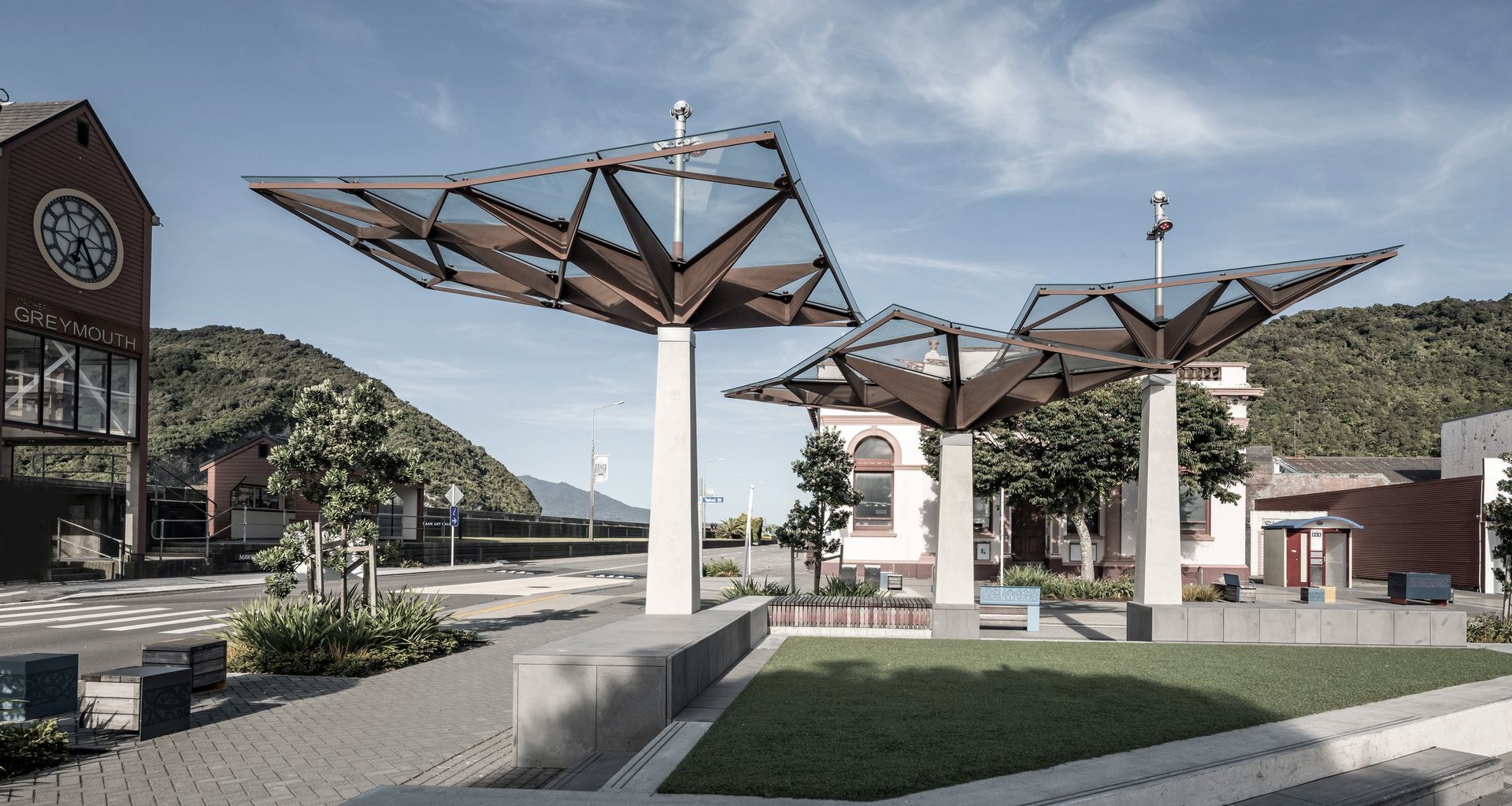Embracing digital design practice

Imagine being able to seamlessly collaborate between designers, clients, Iwis, artists, consultants, and the council; produce designs without having to ‘draw’ a single line; undertake multiple design explorations in a fraction of the time of conventional methods; optimise material usage, minimise project waste and cost; and immerse yourself virtually in the design from concept to completion. These are just a few of the real-world applications of digital design technologies available to designers today and this is just the tip of the iceberg.
By utilising digital design technologies in partnership with digital led fabrication methods, we will start to see a challenge of the status quo on a commercial scale. Instead of mass production we will see mass customisation, a process of file to fabrication, a reduction of time it takes to construct a building and a reduction of misinterpretations between those involved. Applying these digital technologies balances the ever-increasing demands of the built environment and produces refined architectural outcomes. Be it a house extension or a new multi-unit development, why not take advantage of all the tools at hand and create something truly rewarding with a tailored fit.
Daniel Crooks - Architectural Graduate
